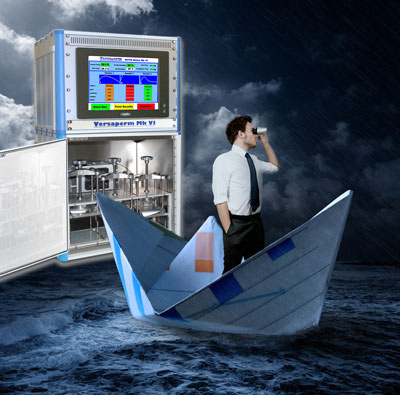Vapour Permeability of Paper and Packaging
Vapour permeability testing plays a crucial role in assessing the performance and reliability of paper and packaging materials. By measuring the rate of moisture transfer, this testing ensures that materials meet industry standards, provide adequate protection for products and enhance overall packaging functionality. Whether for food, pharmaceuticals, electronics, or hygiene products, understanding vapour permeability helps manufacturers develop high-quality, sustainable, and compliant packaging solutions. This page explores the key applications, benefits, and regulatory standards associated with vapour permeability testing.
 The main uses and applications uses of vapour permeability testing of paper and packaging
The main uses and applications uses of vapour permeability testing of paper and packaging
- Quality control – Ensures consistency in packaging material performance.
- Food packaging – Helps maintain freshness by controlling moisture transfer.
- Pharmaceuticals – Protects drugs and medical products from moisture-related degradation.
- Electronics packaging – Prevents damage from humidity.
- Hygiene products – Ensures materials used in nappies and sanitary products allow breathability while containing liquids.
- Industrial applications – Assesses suitability of materials for high-humidity environments.
- Sustainability assessment – Helps in the development of biodegradable and recyclable packaging with controlled permeability.
The main reasons for vapour permeability testing
- Prevents product spoilage – Reduces risk of mould, bacterial growth, or degradation due to moisture.
- Improves and extends shelf life – Helps maintain product quality over time.
- Enhances consumer experience – Ensures optimal packaging functionality (e.g., breathable wrapping for fresh produce).
- Regulatory compliance – Meets industry and legal standards for packaging performance.
- Cost efficiency – Identifies the best material choices, reducing waste and packaging failures.
- Material innovation – Supports research and development of improved packaging solutions.
 The main UK and international regulations & standards for vapour permeability testing
The main UK and international regulations & standards for vapour permeability testing
UK standards:
- BS EN 1931:2000 – Defines vapour permeability testing methods for flexible sheets in construction, applicable to packaging materials in similar conditions.
- BS EN ISO 2528:2017 – Specifies gravimetric methods for determining water vapour transmission rate (WVTR) in paper and board.
- BS 3177:1959 – Outlines methods for measuring permeability to water vapour of flexible sheet materials.
- BS EN 13676:2001 – Used for testing materials in food packaging applications.
European standards:
- EN 13432:2000 – Covers compostability, including vapour permeability requirements for biodegradable packaging.
- EN 14683:2019 – Includes breathability testing requirements for materials used in medical masks and packaging.
International standards:
- ISO 2528:2017 – Global standard for measuring water vapour transmission rate (WVTR) in packaging materials.
- ISO 15106 Series – Defines various methods for testing water vapour transmission in plastic films and coatings.
- ASTM E96/E96M-22 – American standard widely used internationally for measuring vapour permeability in materials.
- ASTM F1249-20 – Specifies the testing of plastic films and sheet materials using a modulated infrared sensor for WVTR.
- FDA 21 CFR Part 175 – US regulations that indirectly impact vapour permeability by ensuring food packaging safety.
These standards help ensure that packaging materials meet necessary performance criteria across different industries. Would you like details on testing methods or equipment recommendations?
Conclusion:
Vapour permeability testing is essential for maintaining product integrity, extending shelf life and ensuring regulatory compliance across various industries. By selecting appropriate materials with controlled permeability, manufacturers can enhance packaging performance while supporting sustainability efforts. Adhering to national and international standards further guarantees that packaging meets required safety and efficiency criteria. As packaging technology evolves, continuous innovation in testing methods will remain vital for optimizing material properties and meeting our consumer's expectations.
For equipment to measure permeability click here
For an article on measuring the permeability of paper click here
| 

 The main uses and applications uses of vapour permeability testing of paper and packaging
The main uses and applications uses of vapour permeability testing of paper and packaging The main UK and international regulations & standards for vapour permeability testing
The main UK and international regulations & standards for vapour permeability testing